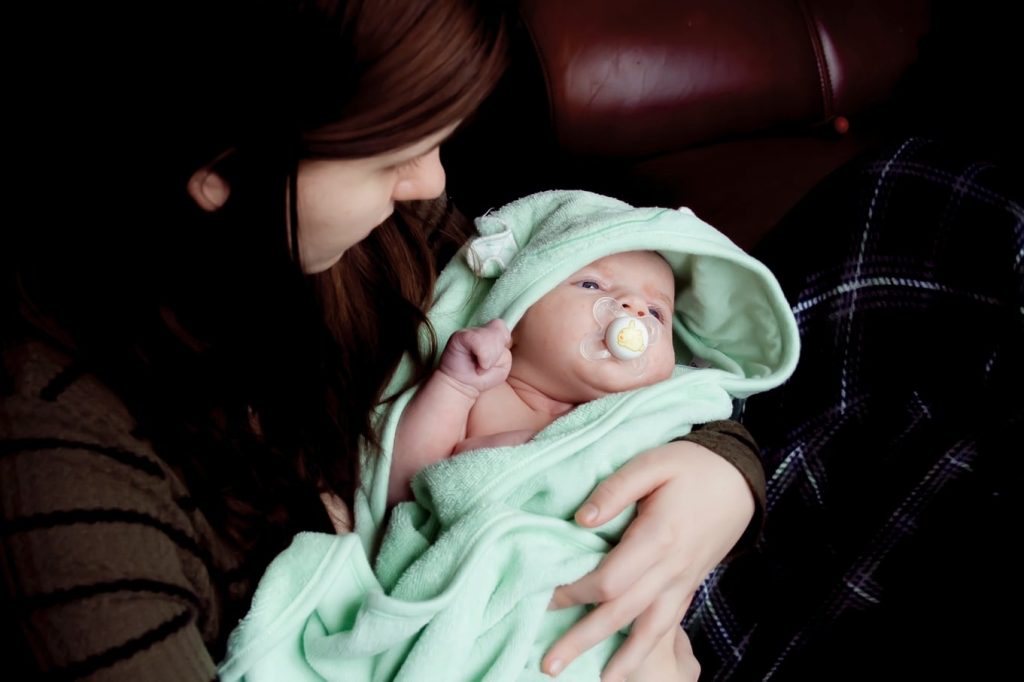Why you shouldn’t play the “wait and see” game

Why you shouldn’t play the “wait and see” game This past month I was contacted by two sets of parents, each concerned about their children’s speech sound errors. In both cases, the parents had been recommended years earlier to “wait and see” if the sound errors would resolve on their own. “Wait and see” is […]
Will my child stop stuttering? What the Experts say…

Will my child stop stuttering? What the Experts say… It can be very difficult for parents to watch their children struggle with speech. Close to 5% of young children begin to stutter. Almost 75% of them will outgrow stuttering on their own within 12-24 months. While we don’t know for sure which children will stop […]
Parents of late talkers are often surprised to learn they can help more by talking less.

Parents of late talkers are often surprised to learn they can help more by talking less. The term “late talkers” describes children who have a limited spoken vocabulary at around 2 years of age. Keep in mind that first words appear close to 12 months, and children begin combining words prior to 2 years (refer to my blog on Communication […]
How grapefruits reminded me of the power of storytelling

How Grapefruits Reminded me of the Power of Storytelling According to Speech and Hearing BC, 29% of children arrive at kindergarten struggling to be able to tell a story. Did you know that telling your children stories helps them develop their storytelling skills? Storytelling uses language to connect your child to people, events, concepts and humour. Stories teach sequencing, improve […]
Expand Language with Water Play!

Expand Language with Water Play! Summer is here! It’s hot! But, that’s okay for preschoolers because they LOVE playing with water. Sprinklers, water balloons, water blasters, water parks, kiddie pools and the beach. I remember when my kids were little we set up the sprinkler under our trampoline for cool bouncing on hot summer days. […]
The Unknown Risks of Pacifiers

The Unknown Risks of Pacifiers Using a pacifier can be an easy and effective way to help your baby fall asleep. However, pacifier usage does have its drawbacks. Among the most significant, is the increased risk of developing ear infections. Ear infections are twice as common in children who use pacifiers. Sucking on a pacifier […]
The One Question I Am Asked Most Often

The One Question I Am Asked Most Often The one question I am asked most often is from parents wanting to know if their child has the level of speech and language abilities that are expected at his age. First-time parents especially, may not have previously witnessed a child moving through the stages of development. In such […]
